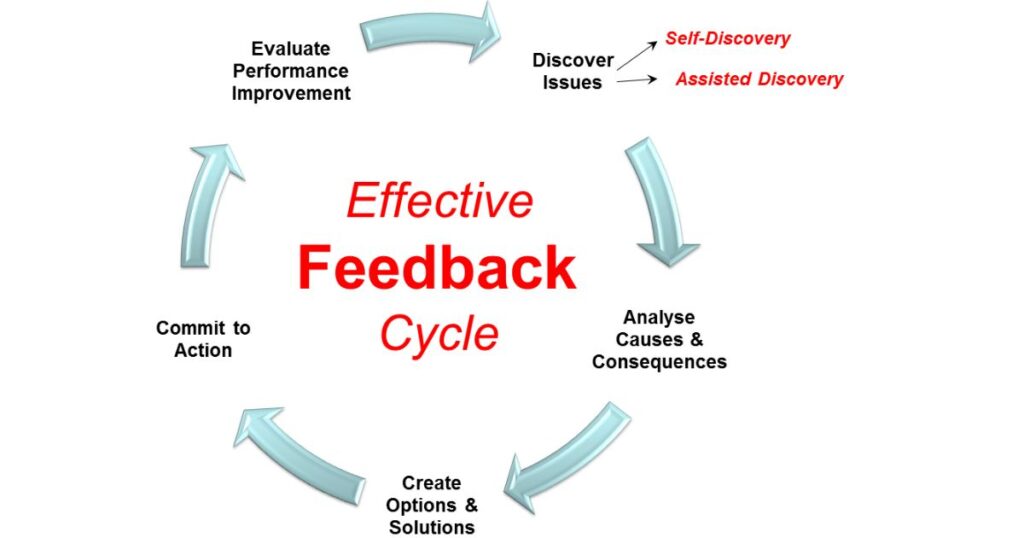In today’s competitive business landscape, understanding and responding to client feedback is more crucial than ever.
“Get Ready Bell: Client Pulse” is an innovative approach to gathering, analyzing, and implementing client feedback to drive business growth and improve customer satisfaction.
This comprehensive guide will explore the importance of client feedback, various methods of collecting it, and strategies for effectively utilizing this valuable information.
What is Client Pulse?
Client Pulse is a metaphorical term that refers to the overall sentiment, satisfaction, and engagement level of a company’s client base. It’s a dynamic measure that reflects the health of client relationships and provides insights into areas of strength and improvement. By monitoring and responding to the Client Pulse, businesses can proactively address issues, enhance their offerings, and build stronger, more loyal client relationships.
Importance of Client Feedback
Client feedback is the lifeblood of any successful business. It provides invaluable insights that can help companies:
- Identify areas for improvement in products or services
- Uncover new market opportunities
- Enhance customer satisfaction and loyalty
- Reduce client churn and increase retention rates
- Drive innovation and stay ahead of competitors
- Make data-driven decisions to allocate resources effectively
By actively seeking and valuing client feedback, businesses demonstrate their commitment to customer-centricity and continuous improvement. This approach not only leads to better products and services but also fosters trust and loyalty among clients.
Methods of gathering client feedback

Read This Blog: 5StarsStocks AI: Revolutionizing Investment with AI
Research
Conducting thorough research is the foundation of understanding your Client Pulse. This can involve:
- Market analysis to identify industry trends and client expectations
- Competitor benchmarking to understand how your offerings compare
- Historical data analysis to track changes in client satisfaction over time
Research provides context for interpreting client feedback and helps identify broader patterns and opportunities.
Interviews
One-on-one interviews with clients offer deep, qualitative insights into their experiences, needs, and pain points. Benefits of client interviews include:
- Ability to ask follow-up questions and probe deeper into specific issues
- Building personal relationships with key clients
- Gathering detailed, context-rich feedback
When conducting interviews, it’s important to:
- Prepare a structured yet flexible interview guide
- Create a comfortable, non-judgmental environment for honest feedback
- Listen actively and show genuine interest in the client’s perspective
Focus Groups
Focus groups bring together small groups of clients to discuss their experiences and opinions. This method can:
- Generate diverse perspectives and ideas through group dynamics
- Reveal common themes and shared experiences among clients
- Provide insights into how clients influence each other’s perceptions
To conduct effective focus groups:
- Choose a skilled moderator to guide the discussion
- Select a diverse group of participants
- Create an environment that encourages open and honest dialogue
Feedback Forms
Structured feedback forms, such as surveys or questionnaires, allow businesses to collect standardized data from a large number of clients. Benefits include:
- Ability to gather quantitative data for statistical analysis
- Ease of distribution and collection through various channels (email, website, in-app)
- Consistency in data collection across multiple clients
Tips for creating effective feedback forms:
- Keep surveys concise and focused on key areas of interest
- Use a mix of closed-ended and open-ended questions
- Ensure questions are clear, unbiased, and easy to understand
Customer Reviews
Online customer reviews provide unsolicited, often candid feedback about products or services. Monitoring and analyzing reviews can:
- Provide real-time insights into client satisfaction
- Identify common praise or complaints
- Influence potential clients’ purchasing decisions
To leverage customer reviews effectively:
- Regularly monitor review platforms relevant to your industry
- Respond promptly and professionally to both positive and negative reviews
- Use review insights to inform product development and customer service strategies
Analysis of Net Promoter Score (NPS)
The Net Promoter Score is a widely used metric that measures customer loyalty and satisfaction. It asks clients how likely they are to recommend a company’s products or services to others. NPS analysis can:
- Provide a simple, standardized measure of client satisfaction
- Allow for benchmarking against industry standards
- Identify promoters, passives, and detractors among your client base
To effectively use NPS:
- Regularly collect NPS data from a representative sample of clients
- Analyze trends in NPS over time and across different client segments
- Use follow-up questions to understand the reasons behind scores
Analyzing and implementing feedback effectively
Gathering feedback is only the first step. To truly benefit from Client Pulse insights, businesses must effectively analyze and implement the feedback they receive.

Collect and Organize Feedback
- Centralize feedback from various sources into a single system
- Categorize feedback by topic, product/service, or department
- Use text analysis tools to identify common themes in qualitative feedback
Prioritize Feedback
- Consider the frequency of specific feedback points
- Assess the potential impact of addressing each issue
- Balance quick wins with long-term strategic improvements
Quantify Feedback
- Convert qualitative feedback into quantitative data where possible
- Use scoring systems to rate the severity or importance of issues
- Track changes in feedback metrics over time
Engage Stakeholders
- Share feedback insights with relevant teams and decision-makers
- Conduct workshops to brainstorm solutions to client issues
- Encourage a company-wide culture of client-centricity
Develop an Action Plan
- Create SMART goals (Specific, Measurable, Achievable, Relevant, Time-bound) based on feedback insights
- Assign responsibilities and deadlines for implementing changes
- Allocate resources necessary for improvements
Implement Changes Incrementally
- Start with pilot programs or small-scale changes to test solutions
- Gather feedback on implemented changes to ensure they address client needs
- Be prepared to iterate and refine solutions based on ongoing feedback
Communicate Updates
- Keep clients informed about how their feedback is being used
- Share success stories and improvements resulting from client feedback
- Demonstrate the company’s commitment to continuous improvement
Leveraging technology for client engagement
Technology plays a crucial role in modern Client Pulse strategies. Some key technologies include:

- Customer Relationship Management (CRM) systems for tracking client interactions and feedback
- Artificial Intelligence and Machine Learning for analyzing large volumes of feedback data
- Automated survey tools for regular pulse checks
- Social media monitoring tools for tracking brand sentiment
- Customer experience platforms for managing the entire feedback loop
By leveraging these technologies, businesses can streamline their feedback collection and analysis processes, leading to faster and more effective responses to client needs.
FAQs
What is the ideal frequency for collecting client feedback?
The ideal frequency depends on your business and client base. For most companies, quarterly or bi-annual formal surveys, combined with ongoing channels for real-time feedback, strike a good balance.
How can we encourage clients to provide honest feedback?
Ensure anonymity when appropriate, make the feedback process easy and quick, and demonstrate that you value and act on the feedback received.
What’s the best way to handle negative feedback?
Respond promptly, acknowledge the client’s concerns, apologize if necessary, and provide a clear plan for addressing the issue. Follow up to ensure the problem is resolved.
How can we measure the ROI of our Client Pulse initiatives?
Track metrics such as customer satisfaction scores, retention rates, and revenue growth over time. Compare these metrics before and after implementing feedback-driven changes.
Should we share client feedback with our entire organization?
Yes, sharing feedback across the organization promotes a client-centric culture and ensures that all teams are aligned in addressing client needs.
Conclusion
“Get Ready Bell: Client Pulse” is not just a catchphrase; it’s a call to action for businesses to tune into their clients’ needs, expectations, and experiences. By implementing a comprehensive Client Pulse strategy, companies can:
- Build stronger, more loyal client relationships
- Drive continuous improvement in products and services
- Stay ahead of market trends and competitor offerings
- Make data-driven decisions that align with client needs
Remember, the key to success lies not just in collecting feedback, but in analyzing it effectively and taking meaningful action. By doing so, businesses can create a virtuous cycle of improvement, satisfaction, and growth.
As you embark on your Client Pulse journey, keep in mind that it’s an ongoing process. The business landscape and client expectations are constantly evolving, and so too should your approach to gathering and responding to feedback. Stay agile, remain open to new insights, and always keep your clients at the heart of your decision-making process.
By embracing the power of Client Pulse, you’re not just preparing for success – you’re actively shaping it. So, get ready to ring that bell and tune into the rhythm of your clients’ needs. Your business’s future growth and success depend on it.

Sallas: Tech-savvy professional with 5 years in the industry. Skilled in software development, cloud computing, and AI. Known for innovative solutions and teamwork.








